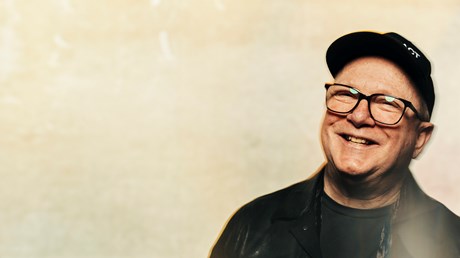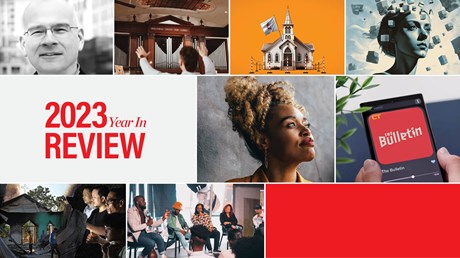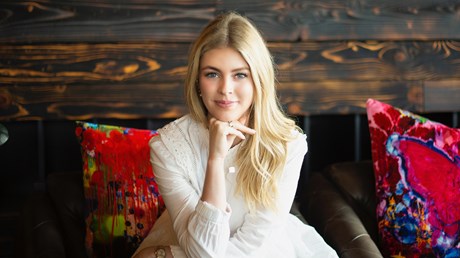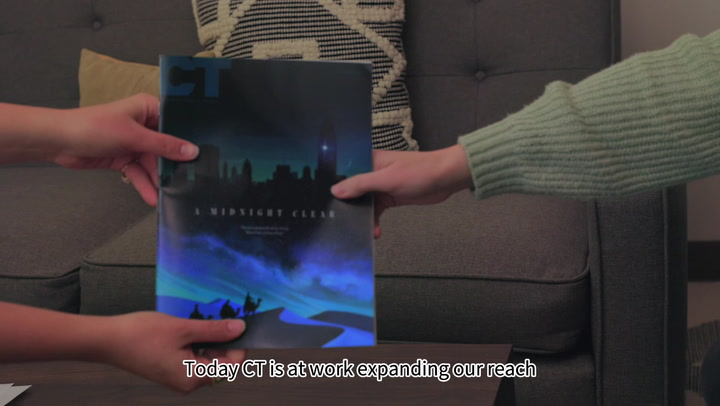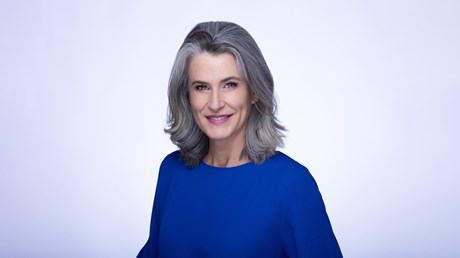Will you help encourage and connect the church?
Give NowWill you help encourage and connect the church?
Give Now"Muslims and the Son of God" can be found online here.
When you and your team first learned about the forthcoming article, how did the creative process begin to create the art that would accompany it?
We always try to consider new and unexpected ways of presenting ideas in a visual way. The subject matter was challenging because it was about the use of the term "Son of God" when relating to Muslim people in the context of evangelism or pre-evangelism. (the idea of God having a son is quite offensive within the Islamic tradition). We chose to depict the very point in the gospels, during Jesus' baptism, when God's heavenly voice said "This is my beloved son in who I am well pleased." But the twist was that we wanted to show the scene in the context of Islamic painting. There are certain similarities between Islamic art and Christian art from the medieval period, but the extensive use of (1) gold, (2) Arabic facial features and clothing, and (3) Muslim-style architecture in the background, not to mention the biblical quote mentioned above written in Arabic script (thanks to staff member Matt Wistrand's translation), helps create an Islamic atmosphere on a Christianity Today cover.
The subject matter for this article is controversial for Muslims, as well as some Christians. How did you take these sensitivities into account as you thought about representing the topic visually?
The more cerebral approach to the visuals, I think, helped communicate this sensitive topic in an appropriate way. We used the beauty of the Islamic tradition to communicate an essential Christian truth. In this case, the imitation of great classical art, instead of an "in your face" illustrative approach, creates an atmosphere to approach the subject with thoughtfulness.
What resources were required to create this?
We chose Rob Day, an accomplished artist who often depicts contemporary subjects in an ancient context to create an anachronism. We've developed a relationship with Rob over the years and he has created some of our most memorable cover art. He caught the vision quite well, did the visual research, and we couldn't have been more pleased with his work. If you look closely, you can even see a cracked paint effect that further enhances the classical feel.
See the story behind the story of other award-winning content from the 2012 Evangelical Press Association convention.



